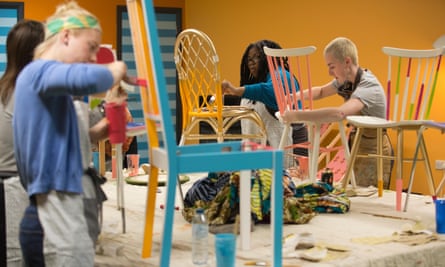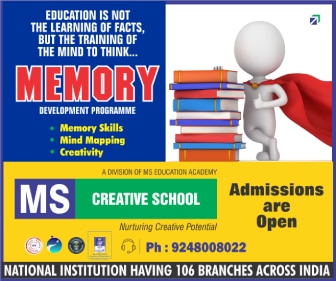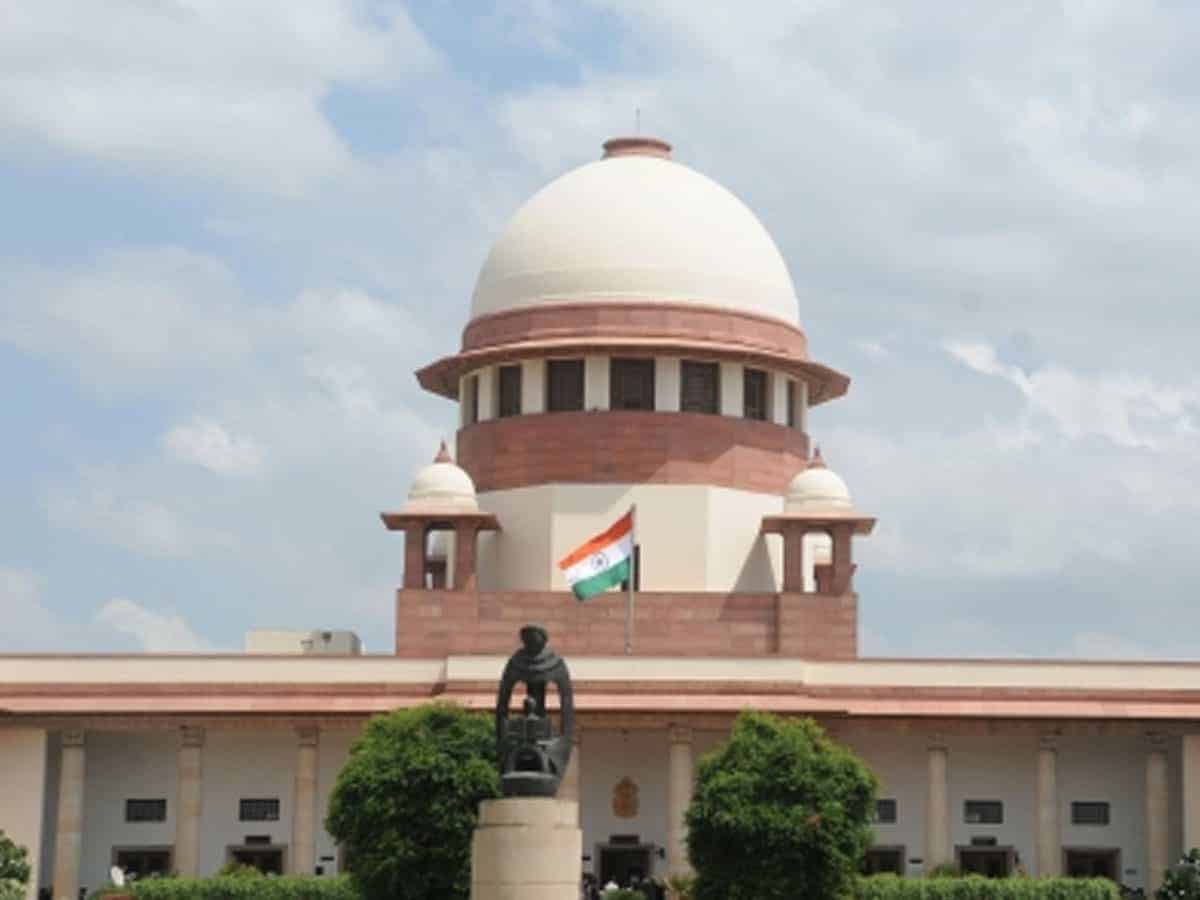[ad_1]
Where should I look for my project?
If you’re new to the idea of rummaging around for preowned possessions it can be difficult to know where to start. Professional hunter Natalia Rawley sells exclusively on Instagram, where a loyal following of buyers – including well-known interior designers – scroll her feed for reasonably priced, pre-loved pieces.
Rawley specialises in house clearances but suggests a local auction house is less intimidating for beginners. “You can pick up amazing bargains” she says. “I’m talking £60 for a wonderful chest of drawers or £50 for a quality sofa. You just need to register yourself, go to the viewing and be there to bid on the day, either in person or online.”
Big antique markets are also Rawley’s idea of fun: “Go with a friend, turn up at 6am with a tape measure and an empty car.” Ardingly and Shepton Mallet (iacf.co.uk), and Kempton and Sandown (sunburyantiques.com), are where you see all the big dealers (“or their minions”). Rawley also recommends tracking down a copy of The Antiques Guide – a little-known listings guide that is published every three months and can be picked up from most vintage shops. “It lists antique markets, village fetes and car boot sales by county,” she says. “It’s £1.50 and it’s absolutely brilliant.”
For Rawley, “physically rooting around like a truffle pig, finding gems among the rubble” is a huge part of the appeal of upcycling. But for those shopping online, eBay and Facebook Marketplace are good places to start, as is the-saleroom.com – a curated auction site representing over 700 auction houses.
“I cannot stand brand new, insipid, bland furniture,” declares Rawley. “It simply doesn’t have the same character or charm as a second-hand piece. Think about the lovely patina of a piece of brown wooden furniture,” she says. “It’s got so much soul and energy – it’s got a story.”
Brown furniture is the first thing Rawley suggests upcyclers look out for. Made from solid dark wood, such as walnut, mahogany, rosewood or teak, “it can be picked up for absolutely nothing”. Pine is more porous – and therefore more susceptible to stains – but is similarly inexpensive.
If you’re looking to rehome an upholstered chair or sofa, always check for signs of moth damage: “You absolutely do not want moths in your life,” says Rawley. “And avoid anything with modern legs,” she suggests. “Look for a solid, heavy frame and lovely turned wooden legs, or squat, bun feet.” And don’t be put off by the fabric – “as long as you’re prepared to spend a minimum of £300 to get it reupholstered”.
Avoid anything broken. “If there’s a leg missing, or drawers that don’t run smoothly, don’t buy it because it will annoy you forever,” cautions Rawley. “But I definitely wouldn’t say if it’s too cheap, it’s too good to be true. I’ve picked up things for four quid that have given me endless joy. That’s where real happiness lies: in picking up inexpensive pieces you love.”
Once I’ve bought it, how do I make it look better?
If you’ve unearthed a bargain that needs sprucing up, there are some basic remedies you can try at home that don’t involve sanding or stripping. Ellie Pyke and Rhys Morgan specialise in sourcing and selling vintage furniture via their online shop, @pkyeandcovintage. “The pieces that we source always have warmth and character,” explains Pyke. “There’s no point attempting to make it look brand new.”
Their approach to upcycling is simple yet effective: “It’s surprising how far a good clean goes,” says Pyke. “Start with a vacuum cleaner with a nozzle attachment to remove dust, cobwebs and debris from all surfaces inside and out. Then, using warm, soapy water and a well wrung-out, soft cloth, remove any grime from the exterior surfaces. Wipe down with a soft, dry cloth afterwards. (If you’re faced with any particularly stubborn greasy marks, you can wipe the existing finish down with a soft, clean rag and some white spirit.) Then, using warm, soapy water, thoroughly clean the inside, underneath and rear of the piece. Your cloth can be a bit wetter here – just make sure you rinse out regularly as it will become very dusty and dirty. Repeat if necessary and watch out for splinters when handling the backs of drawers and the rear of furniture.”
If your piece smells musty, Pyke recommends spraying white vinegar on the inside surfaces and leaving it to air dry. “The vinegar will neutralise most smells. If not, try leaving a small bowl of soda crystals or bicarbonate of soda inside the drawers for a few days to absorb any odours.” Avoid purchasing anything which smells like cigarettes, advises Pyke. “It really lingers and can transfer to any items you might want to store inside the piece.”
Once your piece has been freshened up, a coat of wax buffed to your preferred level of shine will provide extra protection. “Apply sparingly in the direction of grain using ultra fine wire wool 0000, a wax brush or a soft, lint-free cloth,” says Pyke. “Leave for 20 minutes or so (check the instructions) and buff off with a clean, lint-free cloth. Wax and buff small areas at a time and apply the wax sparingly: a little goes a long way.”
Even with these simple home remedies, the following safety rules apply: “Give yourself space and time to work,” says Pyke. “Wear protective gear (a mask, gloves and goggles) and protect the surfaces surrounding your project with newspaper or a dust sheet. Ensure you’re working in an area with good ventilation and make sure you dispose of any rags containing white spirit and wax as these will be flammable.”
If you’re keen to find out more about furniture restoration, Pyke recommends enrolling on a course, rather than experimenting with potentially dangerous chemicals at home: “We attended an excellent refinishing course at OP Woodcraft. You can take your own piece of furniture with you and refinish it, which is fantastic and so satisfying.”
A rapid painting project
“The thing is, people think they’re not artistic, or they can’t paint,” says Annie Sloan, an authority on colour who has experimented with paint for over 50 years. “They probably had some awful disaster years ago with a tin of gloss paint and have been put off for life.”
Beginners should start with a small item of furniture, suggests Sloan: “Look for something affordable and solid, such as a pine sidetable. By painting it, you’ll transform it from something invisible to something that really stands out in its environment.” Sloan suggests beginners opt for a mid-colour such as blue: “You can’t go wrong with blue: it goes with anything and everything. If you’re already fairly confident with colour,” she continues, “then why not go for a deep, gorgeous green. If you hate it – just paint over it. That’s the beauty of working with paint.”
after newsletter promotion

Make sure the piece you’re painting is clean and cobweb free, then simply start applying the paint. To make life easier for upcyclers, Sloan has developed a range of “disaster-proof” Chalk Paint that can be applied to just about any surface without the need for sanding or priming. “It’s made for people with no experience and it gives really good results very, very easily.” To get even coverage, Sloan recommends “painting all over, every which way – don’t worry about painting up and down in neat lines. You want the paint to spread out evenly without brush marks.” Once you’ve given it a first coat, wait half an hour, then apply a second. Then allow it to dry thoroughly for a couple of hours. Finally, Sloan recommends applying a top coat of clear wax using a brush or lint-free cloth to give the paint a protective layer. Wipe away the excess and allow it to dry thoroughly before use.
“The other thing to mention about upcycling is that it’s incredibly therapeutic,” adds Sloan. “You have to concentrate on the task at hand, which takes your mind away from everything. You get in the zone without it becoming stressful, which is just a lovely feeling. And, at the end of it, you feel good about the piece you’ve created.”
Upholstery for beginners
According to the sustainable designer and upholsterer, Micaela Sharp, it’s possible for beginners to get to grips with an upcycling project that involves upholstery. “I always recommend starting with a headboard,” she says. “It sounds like a really big task, but it’s no more complicated than recovering a drop-in dining seat. Both are flat, rectangular shapes with four corners that follow exactly the same method, but with a headboard you only have to do it once instead of four, or even six, times! Plus a headboard will have a much bigger impact on a room …”
Headboards can be picked up from charity shops or online auction sites for very little. Look for something with a weighty frame and a simple shape. In terms of tools, you’ll need to invest in a staple gun, a tack remover, a mallet, a sharp pair of scissors and pinchers to remove the existing tacks. “All of these can be found in DIY stores for less than £10 an item,” says Sharp.
“As your headboard won’t be subject to the same wear and tear as an armchair or sofa, you can be quite adventurous with your choice of fabric,” explains Sharp. “You could use a vintage throw or pair of curtains – just make sure you add a fire retardant interliner between the fabric and the foam.” Alternatively, Sharp suggests searching outlet stores selling end-of-roll fabrics direct from suppliers, such as Fabric Outlet. “They sell designer fabrics for a fraction of the price,” explains Sharp. “They usually only have a few metres in each design, but a headboard will only require two to three metres of fabric anyway.” (Sharp also recommends Camira for sustainable fabrics and Linwood for UK-made, stain-resistant and fire-retardant fabrics.)
Begin by carefully detaching the old fabric using your tack remover and pinchers. “The most important thing to remember when upcycling a piece of upholstered furniture, is to keep hold of the old fabric,” Sharp explains. “Don’t be tempted to cut or rip into it because you’ll need to use it as a template for your new fabric.”

“Depending on the size and width of your headboard, you may need to sew your fabric together or you can run the fabric lengthways – it just depends on the pattern that you’re going to use,” says Sharp. “You also need to make sure the foam is in good condition. If you need to, you can add a new layer of Dacron or polyester wrap. Both can be boughtsays online and attached with glue spray.”
Once you have cut out your design, you’re ready to tack on your new fabric. “Start by putting temporary staples into the wood,” explains Sharp. “These are done at an angle, so they are easily removed if your fabric isn’t straight or the pattern is running the wrong way. Start with opposite edges at the top and bottom so you can keep the pattern straight. Lastly, tack on the sides. Once you’re happy with the position of your fabric, you can adjust the tension of the fabric. You want to really pull your fabric as tight as possible,” says Sharp. “Any wrinkles or creases will make the headboard look amateur.
“Keep the tension even all the way along and really take your time when you get to the corners,” advises Sharp. “Use your scissors to cut away as much of the excess fabric as possible between the pleats. Any bulky corners will prevent the headboard from sitting flush against the wall.
Lastly, Sharp urges upcyclers to make their project as bespoke as possible. “You don’t want people to mistake your handiwork for something that’s been mass-produced or bought on the high street – you want it to stand out as something totally unique. Go for an unusual pattern or bright colours. Be bold: that’s the most fun part of upcycling.”
Annie Sloan’s Furniture Painting Masterclass and Micaela Sharp’s A Complete Guide to Modern Upholstery are both available now from createacademy.com
[ad_2]
#bold #fun #part #ultimate #expert #guide #upcycling #furniture
( With inputs from : www.theguardian.com )












